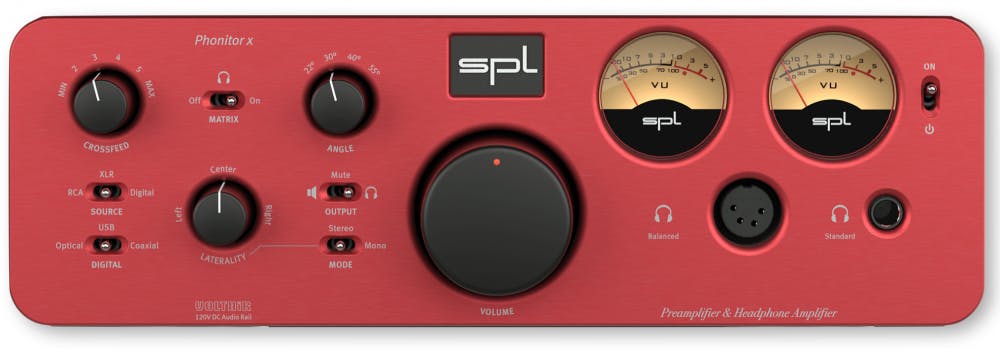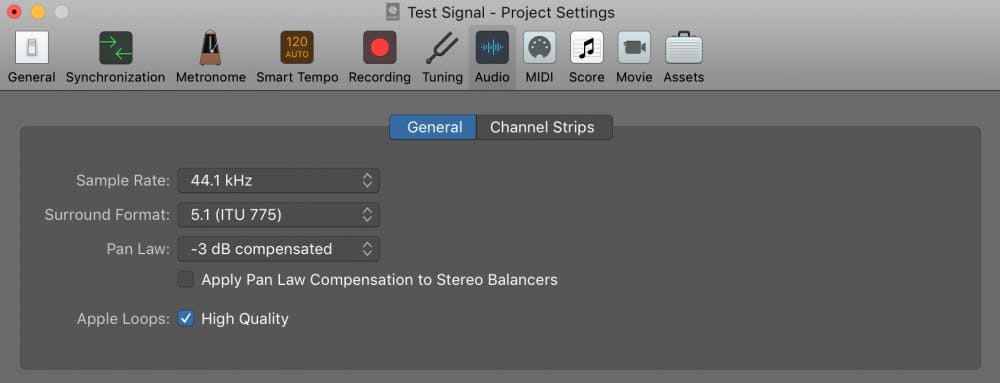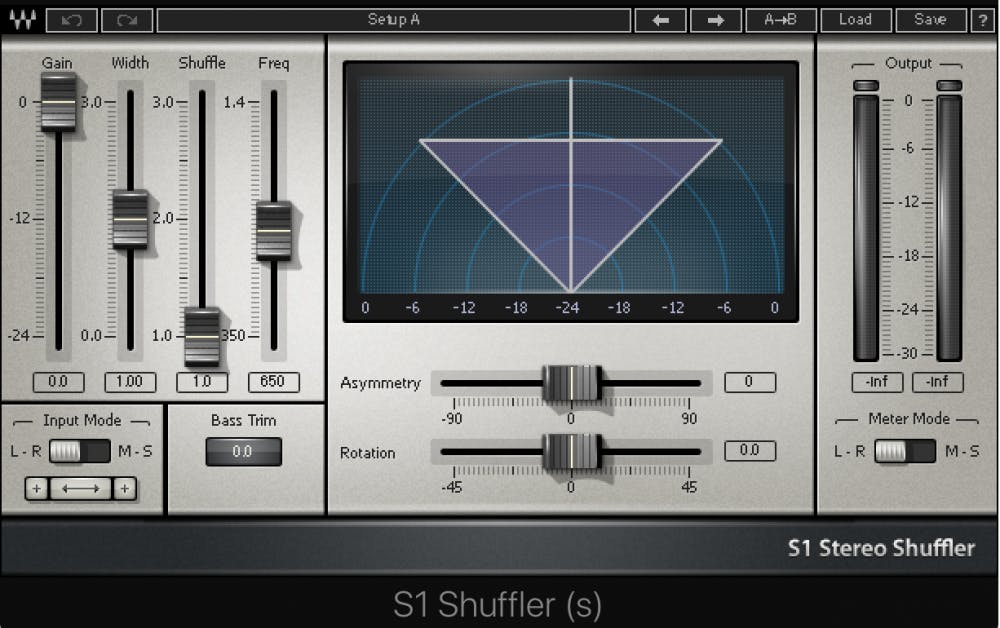Will you make different panning decisions on headphones vs. speakers?
When approaching a mix, we should first deal with the gain structure, levels, and panning. These decisions should take place before you attack sounds with EQ, compression, or effects. Volume levels and pannings determine our perception of importance, space, and presence, so let’s get these right before we change the tone of an instrument that could simply be moved to the other side of the mix.
Better Hearing Through Headphones
Believe it or not, in the early days of commercial stereo recordings (the late 1950s) home and automobile systems were still mono playback systems. Stereo tapes were available, although prohibitively expensive, and stereo vinyl LPs weren’t available until 1958. Stereo radio broadcasts and home playback systems weren’t available in the U.S. and Europe until sometime after 1961. However, headphones were already stereo.
In 1958, jazz musician and entrepreneur John C Koss invented the first stereo headphones (the Koss SP/3 Stereophones) so that listeners could get the most fidelity out of his newly designed portable stereo phonograph. In the ’60s, music became a dominant form of expression for the young generation, and the use of headphones grew—particularly when it was discovered that headphones and certain chemical substances provided a unique and immersive listening experience. Today, headphones and earbuds, paired with portable music players and streaming devices, have once again taken over as primary listening devices. This makes a compelling argument for producing and mixing music on headphones, even in our studios.
Perception and Illusion of Stereo
Noted scientist and audio engineer Dr. Richard Heyser said; “The actual sound field in a listening environment is not identical to the sound field which we may perceive…” He went on to say, “If we wish to understand how to ‘measure’ what we ‘hear,’ then we must deal with subjective perception and the illusion of sound.”
Dr. Heyser’s observation particularly applies to the differences in stereo perception between speakers and headphones. Listening to speakers in a room creates natural crossfeed, where each ear hears not only the speaker closest to it but also a bit of the opposite speaker. Center-panned sounds appear at a “phantom center,” floating in front of the listener in-between the left and right speakers. If we are not positioned properly in front of and between the left and right speakers, the phantom center image becomes less focused and the stereo effect is diminished.
Headphones eliminate natural crossfeed. We hear hard-panned sounds solely in one ear and the center image appears between our ears, inside our head. While it may be argued that the isolation of headphones makes for an unnatural listening environment, keep in mind that the stereo image generated by two speakers is an illusion as well.


Since we perceive stereo sound differently in headphones than in speakers, conventional wisdom suggests that one might pan instruments differently, or even improperly. However, experienced mixers make panning choices based on an imagined soundstage, not the geometry of the speakers. They “see” the left-to-right panoramic positions of instruments in their head and then make the appropriate panning choices.
Retro Panning
There is a panning scheme used by professionals (even today!) that completely obviates the different panning decisions in either medium, referred to as LCR (left-center-right) mixing. In LCR mixing, channels in the mix can only be assigned fully-left, fully-right, or center (both left and right). Vintage consoles had no panpots, imagine instead only assignment buttons for left, right, or both. The Beatles’ “Strawberry Fields Forever,” “A Day In The Life,” and Jimi Hendrix’s “Purple Haze” are examples of LCR mixing. A-list mixer Chris Lord-Alge still mixes in LCR, even on an SSL or in Pro Tools. CLA says, “Panning is something I’m not subtle with. It’s either left, right, or center… I try to make my panning extreme, so it jumps out at the sides.”
Elements recorded with a stereo mic setup or stereo sources like synths may appear to spread more evenly across the stereo image, but mono sources can only appear as completely left, right, or the middle. As a result LCR panning will force similar panning decisions whether you are mixing on speakers or headphones.
Pan Laws
When a signal is hard-panned, all the signal goes to only one channel, left or right. When panned center, the signal goes equally to the left and right channel, so a center-panned sound would increase in level. To avoid this, mixing consoles and DAWs apply a pan law that lowers the level of a signal when it is panned center. Different consoles use different pan laws, ranging from -2.5 dB to -4.5 dB, and DAWs may allow the user to set the pan law in its preferences.
Any pan law can work—you will simply adjust your mix to create what you want to hear. However, when you create a mono mix from a stereo mix by combining left plus right, the center-panned instruments may wind up too loud in the mono mix. A pan law of -6 dB is used in broadcast consoles for precisely this reason. API and Neve consoles employ a -3 dB pan law, and SSL compromises with -4.5 dB. Logic, Pro Tools, Cubase, and Ableton default to -3dB, but might be user-adjustable.
Keep in mind that the audible effect of panning may not seem precise on speakers, particularly if you’re working in an untreated acoustic environment. Therein lies another advantage that mixing in headphones provides—the sweet spot follows you and the acoustics are well defined. Mixing on headphones ensures that headphone listeners will experience a similar stereo soundfield while mixing on speakers only translates well for listeners in an ideal listening environment.

Special (spacial) Considerations
Stereo imaging tools have become commonplace in mixing and mastering and often their “super-stereo” effect is created by exaggerating (or causing) phase and time differences between the left and right channels. This effect, sometimes referred to as “shuffling”, produces an interesting effect on speakers, but a less obvious effect on headphones. If you are inclined to apply stereo imaging tools in your production, check your mix on speakers so that you don’t overdo the effect. Too much stereo widening can weaken the bass or confuse the listener when played on speakers, even if the mix holds together on headphones.

TO REVIEW:
Perhaps the main difference between panning on headphones as opposed to monitors is our perception of the stereo field. One way to optimize the translation between headphones and speakers is to base your panning decisions on a soundstage you imagine. Place the instruments onto a virtual stage in a virtual space and your results will be unaffected by the playback medium. If you go with LCR panning, the difference in perception between monitors and headphones is irrelevant, as long as the mix works.
For more information on stereo mixing and mastering techniques check out these articles:




